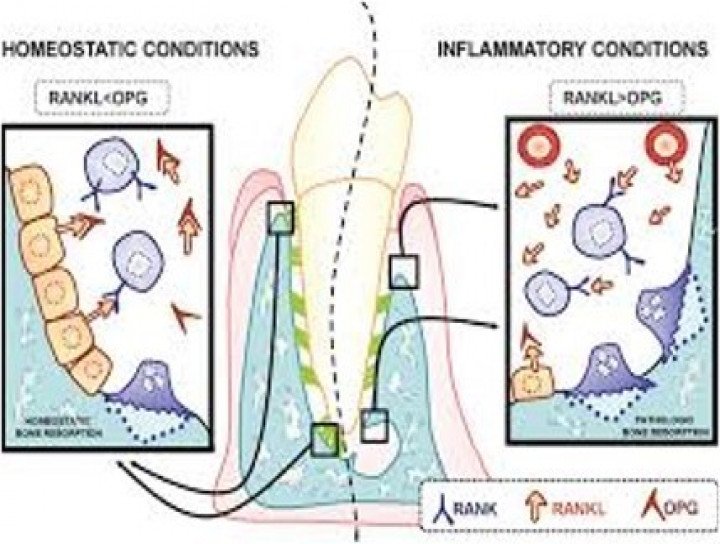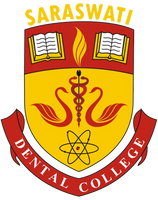
Orthodontic tooth movement (OTM) involves modeling and remodeling of the alveolar bone in response to an external load. Longer duration of orthodontic treatment is associated with increased chances of inflammatory root resorption.
Osteoprotegerin (OPG) and receptor activator of nuclear factor-kappa B ligand (RANKL) are paracrine regulators of osteoclastogenesis and cementoclastogenesis. Among the many signals released in response to mechanical vibration, RANKL and OPG are regarded as two critical molecules regulating osteoclasts. RANKL is expressed as a transmembrane protein in osteoblasts, whereas OPG is a protein secreted by the osteoblasts acting as a decoy receptor blocking the RANKL-RANK ligand interaction, thus antagonizing the formation of mature osteoclasts.
Mechanical vibration has been shown to stimulate proliferation and differentiation of mesenchymal stem cells into osteogenic and chondrogenic lineage. It has been found in various studies that mechanical vibration with 20 Hz led to a significant decrease in RANKL expression and a significant increase in OPG expression.
Hence through this blog the mechanism of action of RANKL and OPG is shown and how it effects orthodontic tooth movement and in turn the effect of vibration on expression of RANKL and OPG


No Any Replies to “EFFECT OF VIBRATIONS ON RANKL AND OPG”
Leave a Reply